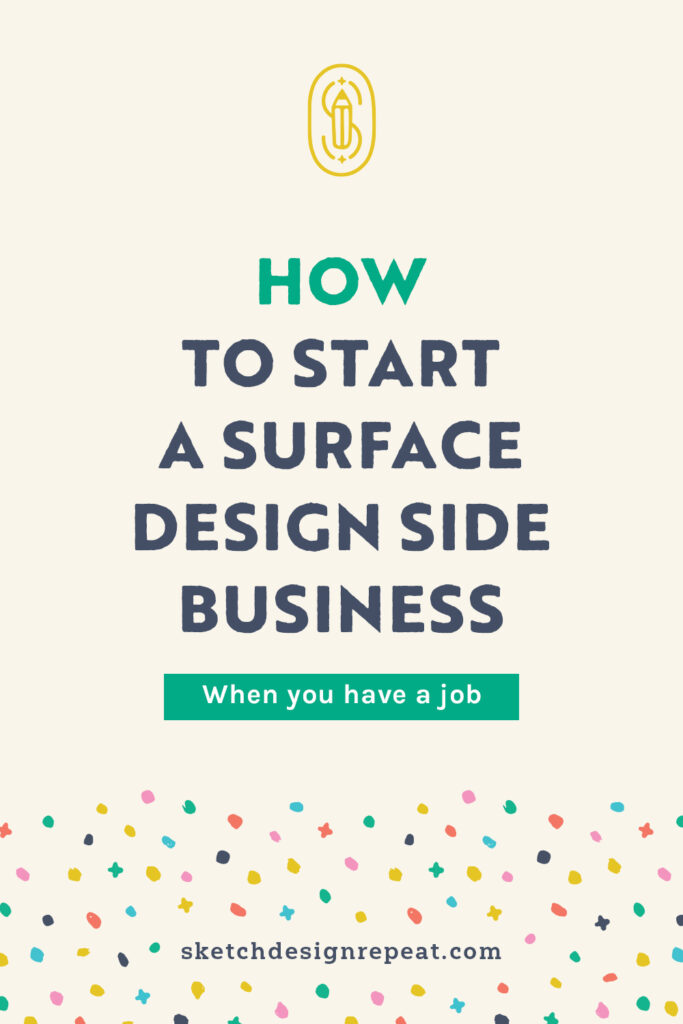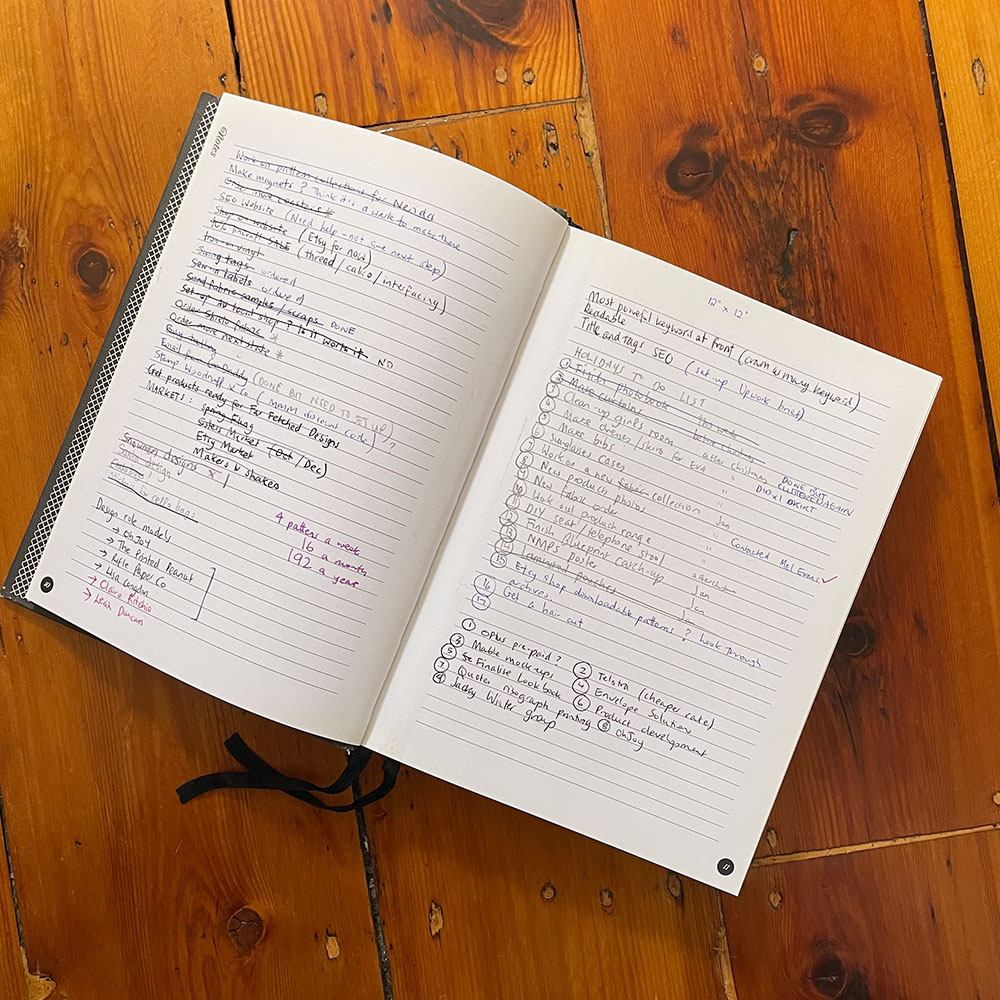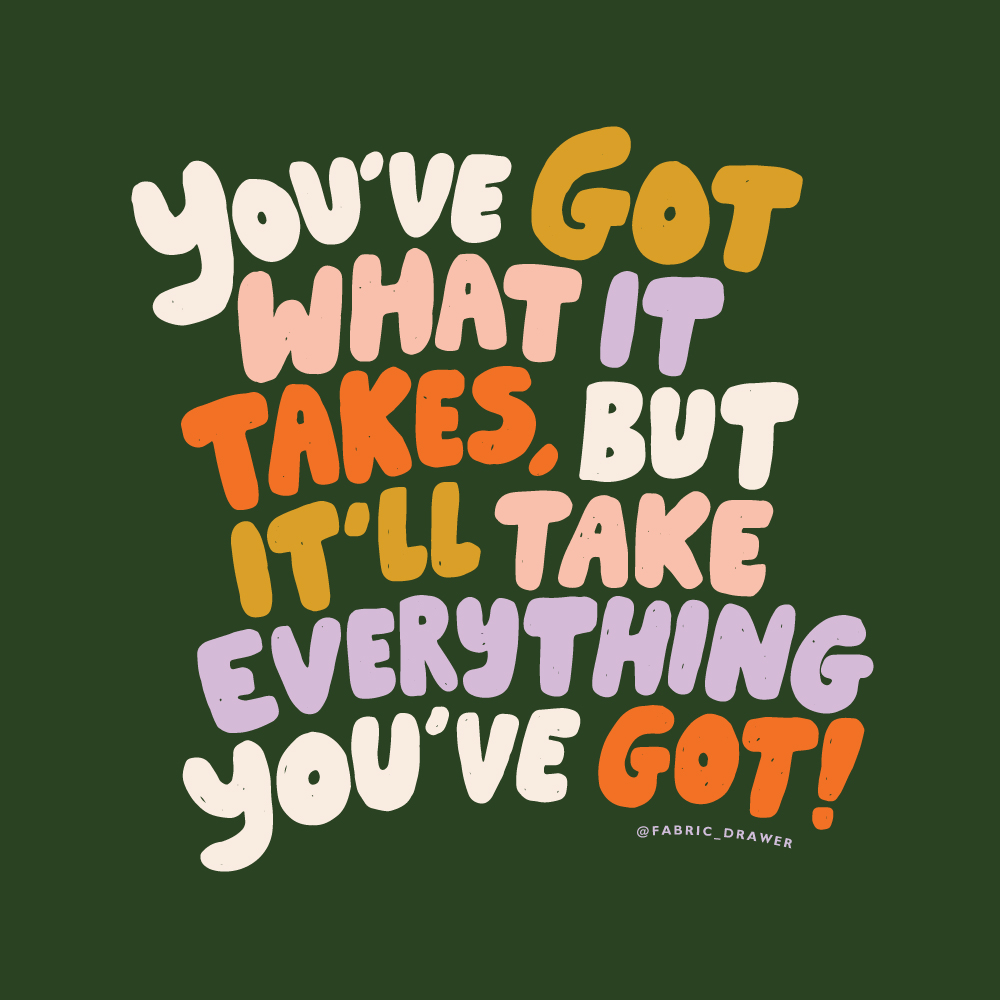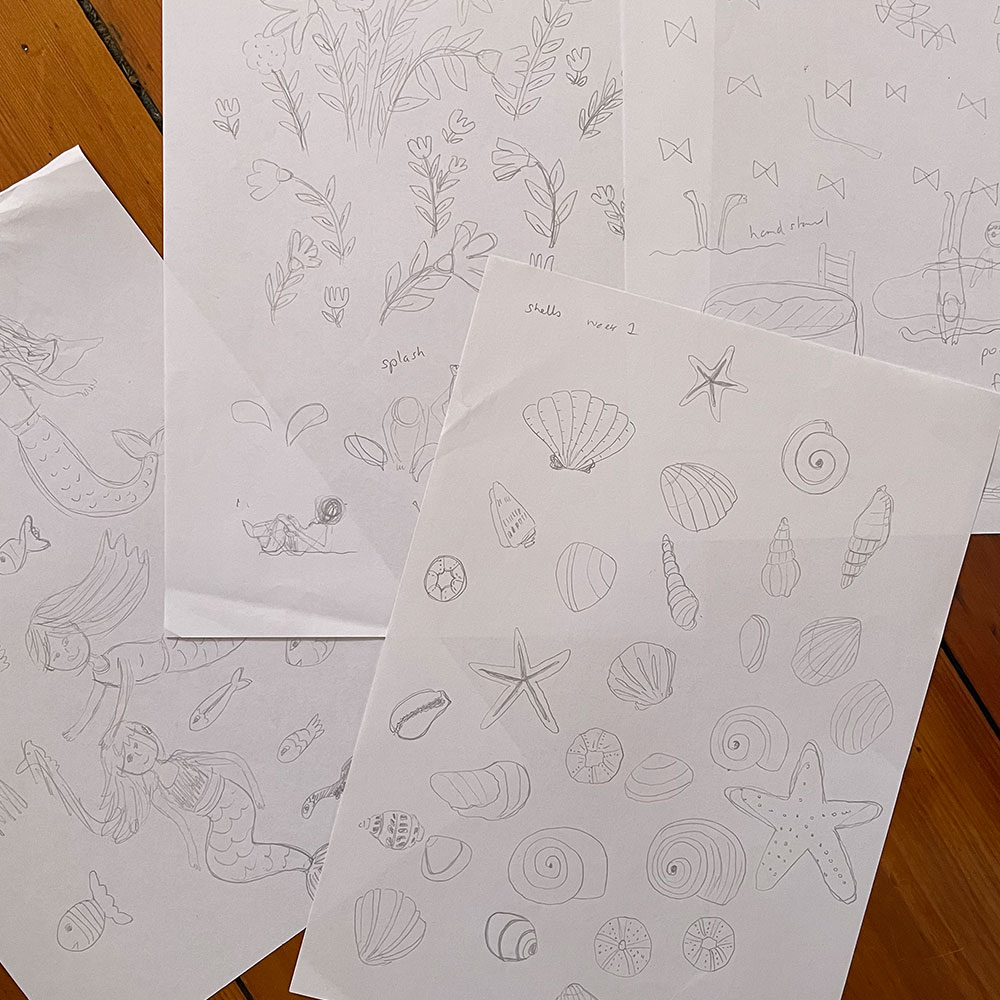Starting a side hustle is exciting. It can fuel your creativity and allow you to dream of the endless possibilities it can take you. But when you have a job (and other responsibilities), it can feel overwhelming to even get started and find the time or motivation.
It takes a bit of perseverance to start and build a side business, but it can be so rewarding and creatively fulfilling. So, if you’ve been thinking about having your own business, here’s a few key things to help get you started.

Just start!
One of my favorite motivational quotes is, “A year from now you’ll wish you had started today.”
People often spend so much time thinking or talking about potential business ideas, but many procrastinate and never get their ideas off the ground. If you’re ready to put your ideas into action my advice is to just start!
I quickly realized when I started my own business that I was never going to get a 6-month break to solely focus on it, but I somehow needed to find the time while I had a job (and kids!). Two things that helped me begin were:
1. Creating a vision map
I took a large piece of paper and wrote my business name (or idea) in the middle. Around this, I added my dreams and goals. It could be starting a product range, licensing to a dream client, or doing a trade show.
Having these big picture goals will remind you of why you started the business and give you motivation to keep going. And it’s an amazing feeling when you look back on it over time and start to achieve them.
2. Making a to-do list
I constantly had lists in my notebook of things I needed to do or research. When you have a job, you need to maximize the limited time you have. Keep it simple by only starting with the main things you need to do to get your business started.
These things could include registering your business name, registering a domain name (to start building your website), a social media account, logo/branding, and developing a portfolio to start pitching.

Surround yourself with the right people
Having a support network around you will give you the encouragement you need to succeed. It also frees up your mind to focus on building your business when family members or friends understand why you might not be available at times or need extra support at home.
You can also seek support from fellow creatives who also have businesses — I’ve met so many amazing creatives along the way and it’s been invaluable to share our journeys and give each other support and advice.
A job gives you the opportunity to grow your business
Sometimes it can feel like a job is getting in the way of your side hustle. It depletes you of time and energy that you’d rather put towards your business. But having a job can be a positive thing.
You’re getting a regular income to cover your expenses so you can focus on growing your side business without feeling the pressure to make money. Your salary will also help you pay for your business costs, such as registering a domain name or art supplies. And don’t forget that many jobs can provide you with certain skills that you can apply in your own business.
Related post: Start Your Surface Design Career:
How to Know When You’re Ready
How to juggle work and building a business
This is the part that takes a lot of dedication, patience, and sacrifices. Your actions reflect your priorities. This might mean waking up a bit earlier so you can work on your business before you start your job, or putting in time after work or on weekends.
I found that working at night offered a solid 2–3 hours of design time and that I was able to do it a few times a week without getting too worn out. During this time, I was able to work on my design style and build up my portfolio. It meant that I rarely watched TV, but it was worth sacrificing to get some extra hours each week to dedicate to my business.
If you have set hours at your job, having a schedule when you can work on your business will help you plan the weeks ahead and make sure you balance that with other commitments and rest. Although you still need to be flexible if a deadline comes your way, it’s always good to have a plan.

How to find the headspace to create
Working in your day (or night) job can often leave very little in the tank to create. Instead of fighting the frustration of the constant lack of time and energy, you need to find ways you can build creativity into your regular routine.
This might mean setting aside 15–20 mins a day to draw, even if it’s while everyone is watching TV. I often found that I would start to get into a creative flow an hour into drawing or designing on the computer, so you might need to push through if you’re not feeling in the mood to create.

Treat your business like a business and not a hobby
Many people have said to me over the years “that’s a nice hobby,” when I’ve talked about my creative business (because I have a job). Despite people often thinking this is a “hobby,” I’ve always treated my business as a business.
A hobby is something you sometimes do for fun or to unwind, but a business needs constant focus and attention to grow and of course, make money. Treat it like a business and you’ll take everything more seriously.
You learn by doing and creating momentum
So much of what I have learned about being in business is from taking action and learning from it. Nothing will happen if you only think about starting a business, but don’t do anything about it.
It’s also important to create some momentum, by consistently working on your business. Find that time around your job and stick with it. It may take a little longer to get things done with a job, but you will slowly make progress over time. Part of the fun of creating a business is the process and journey, not just ticking off goals on your list.
Having a job while trying to start a business is challenging, but not impossible.
Whether your business remains a side hustle alongside your job, or you get to the point where you can focus on your business full-time, being able to build something for yourself, have creative control and independence, is well worth the sacrifices to get there.

Written by Beck Ng
Website: www.fabricdrawer.com.au
Instagram: @fabric_drawer
Beck is a surface designer and maker living in Melbourne, Australia, who has a love of creating patterns. She started her creative business Fabric Drawer showcasing her work on a range of products, as well as collaborating with a range of local and international companies.
Do the majority of surface designs come from had drawing art or is there a market for design from abstract photo images?
Carylyn – I would say that the vast majority of surface designers do draw or paint, but that doesn’t mean that there isn’t a market for other types of work. Traditional photography is also VERY licensable, so you could most likely find companies interested in abstract photos. You may have to work a little harder to find them, but it’s not impossible.